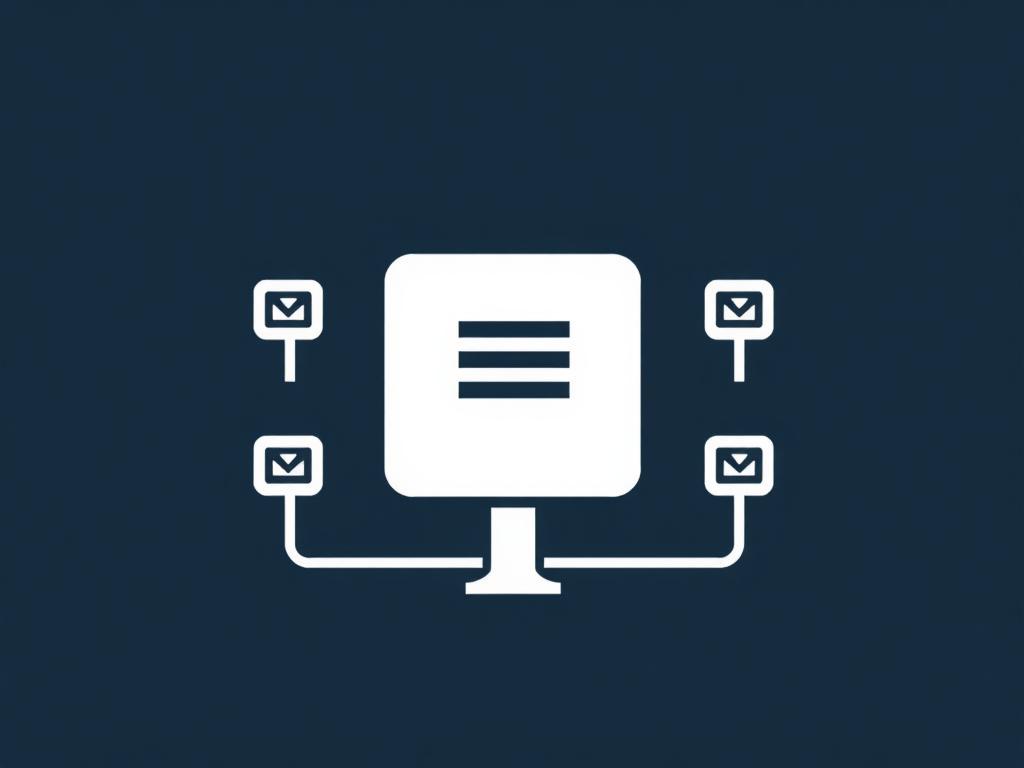Understanding Soft Updates in Microservices
Microservices architecture has revolutionized the way we design and deploy applications by breaking down large applications into smaller, independent services that communicate with each other. However, managing these services, especially when it comes to updating them, can be complex and risky. This is where the concept of soft updates comes in. Soft updates in microservices architecture refer to a strategy that allows services to be updated gradually and safely without causing downtime or breaking the entire system. Instead of a hard cutover that replaces a service version all at once, soft updates enable rolling updates, backward compatibility, and smoother transitions.
When we talk about soft updates, we are essentially addressing two critical aspects: agility and consistency. In a microservices environment, you want to be agile—able to deploy new features or bug fixes quickly. At the same time, you need to maintain data consistency and service reliability. Soft updates help strike this balance by allowing individual services to evolve independently while harmonizing with the rest of the ecosystem. This is particularly important as microservices communicate through APIs and can affect one another if changes are not handled thoughtfully.
The Mechanics of Soft Updates
To implement soft updates effectively in microservices architecture, developers often lean on several patterns and tools designed to minimize risk and facilitate continuous delivery. One common technique is the use of versioning within APIs. By maintaining older versions alongside new ones, clients of the microservice can continue functioning without disruption, even as new capabilities are introduced.
Another key aspect revolves around feature flags and toggles, which allow teams to switch new functionality on or off without redeploying the service. This approach supports incremental exposure to the new features and enables rapid rollback if issues arise. Additionally, canary releases and blue-green deployments play a significant role by deploying new versions to a small segment of users before a full-scale rollout. These practices together embody the principles behind soft updates, making sure the system keeps running smoothly.
Why Soft Updates Matter in Microservices Architecture
Now, you might be wondering why soft updates are emphasized so much in microservices and not just applied universally like in monolithic applications. The answer lies in the distributed nature of microservices. Each service is developed, deployed, and scaled independently. While this gives microservices amazing flexibility, it also means they have interdependencies that can break easily if an update goes wrong.
Soft updates promote a fail-safe way to manage change. Instead of taking down an entire system or causing cascading failures across interconnected services, soft updates offer controlled, step-wise evolution. This reduces downtime and preserves user experience. Furthermore, by embracing soft updates, teams can push smaller, manageable changes more frequently, which aligns perfectly with DevOps and continuous integration/continuous delivery (CI/CD) best practices.
Implementing Soft Updates: Best Practices
To put soft updates into practice, consider these strategic recommendations that underpin success in microservices deployments:
- API Backward Compatibility: Ensure new service versions support existing API contracts for older clients to prevent disruptions.
- Versioning Strategy: Use semantic versioning and clear deprecation policies so teams know when and how to migrate.
- Feature Flags: Incorporate feature toggles to control exposure of new features dynamically, enabling experimentation and rollback without redeploying.
- Monitoring and Alerting: Employ robust monitoring to detect anomalies immediately during the roll-out of new versions.
- Blue-Green & Canary Deployments: Use deployment techniques that minimize risk by exposing the new version to a limited audience first.
- Database Schema Evolution: Plan safe schema migrations that do not break existing data access patterns during soft updates.
Each of these considerations plays a vital role in ensuring that soft updates deliver on their promise of reducing friction and downtime in microservices environments.
Handling Data Consistency During Soft Updates

One of the trickiest challenges when performing soft updates is maintaining data consistency. Services often rely on shared databases or event streams, and updates might introduce schema or behavioral changes that disrupt data flow. To manage this, it’s important to design services with eventual consistency in mind. For example, asynchronous messaging queues and event sourcing can help decouple services and allow them to catch up with changes gracefully.
Moreover, it’s crucial to apply database migrations in a backward-compatible manner. Instead of performing tight coupling between code changes and DB updates, soft updates benefit from phased migrations, such as adding new columns or tables without immediately removing old ones. This layered approach allows legacy and new service versions to operate simultaneously during transitions.
Tools That Support Soft Updates
Practically speaking, there are multiple tools and platforms that assist with implementing soft updates effectively:
| Tool | Functionality | Use Case |
|---|---|---|
| Kubernetes | Automated rollouts and rollbacks of containerized microservices | Manage canary and blue-green deployments at scale |
| Istio | Service mesh with traffic routing controls | Direct specific user groups to new service versions for testing |
| LaunchDarkly | Feature flag management platform | Toggle features on/off without deployment |
| Liquibase/Flyway | Database migration automation | Apply schema changes reliably during updates |
These tools, combined with a solid strategy, make soft updates not only feasible but also efficient, bringing reliability to complex microservices systems.
Common Challenges and How to Overcome Them
Despite its benefits, implementing soft updates in microservices architecture isn’t without challenges. Teams must wrestle with increased complexity, coordination overhead, and potential tooling gaps. For instance, managing multiple API versions can be daunting if documentation and testing aren’t rigorous. Also, reliance on feature flags can turn messy if flags proliferate uncontrolled.
To overcome these obstacles, organizations should establish clear governance and communication channels. Automated testing suites that cover multiple versions and integration points are essential to avoid regressions. Additionally, investing in centralized monitoring and tracing helps maintain visibility across the microservices ecosystem, making it easier to pinpoint issues during updates.
Checklist for a Successful Soft Update Process
- Maintain strict API versioning discipline
- Use feature flags judiciously, with clean-up plans
- Adopt progressive deployment methods like canary releases
- Test backward and forward compatibility extensively
- Implement strong monitoring and alerting systems
- Train teams on soft update best practices and tools
By applying these steps, organizations can mitigate risks and maximize the positive impact of soft updates in their microservices landscape.
The Future of Soft Updates in Microservices
As technology evolves, the practice of soft updates in microservices architecture will become smarter and more automated. Advances in AI-driven testing, automated rollback, and self-healing infrastructure promise to make soft updates almost seamless. Furthermore, as enterprises adopt event-driven architectures and serverless paradigms, strategies will adapt to ensure that updates remain soft, graceful, and reliable.
The continued growth of cloud-native ecosystems means that tools supporting soft updates will gain more integration and sophistication, empowering development teams to deliver value faster without compromising system stability. Soft updates represent an essential mindset and technique for any organization striving to be resilient and responsive in the modern software landscape.
Conclusion
Soft updates in microservices architecture are more than a technical strategy—they are a philosophy for evolving complex systems gracefully and continuously. By combining versioning, feature flags, progressive deployments, and careful data management, developers can update services without disruption and maintain the agility and consistency microservices promise. Though challenges exist, adopting best practices, supported by powerful tools, can turn soft updates into a competitive advantage that keeps applications robust, scalable, and user-friendly. Embracing soft updates today prepares organizations for a future of fast innovation and reliable performance in an ever-changing digital world.

